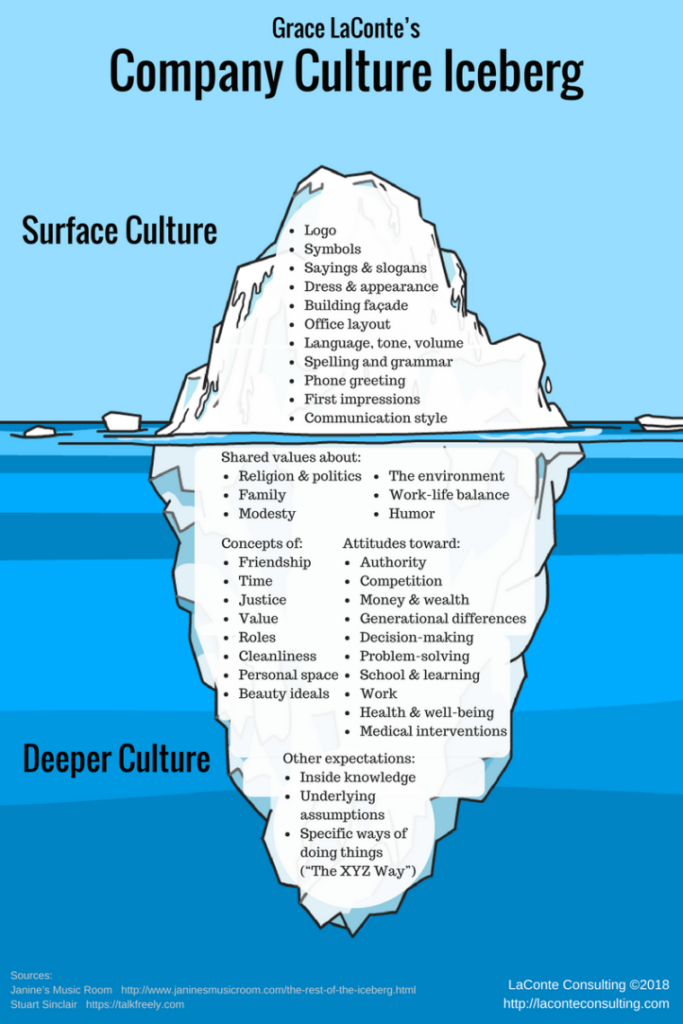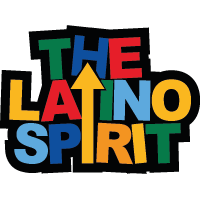Different Dialects Can Challenge Bilingual Learners, Educators

Photo of author Nathaly Suquinagua courtesy of Nathaly Suquinagua.
BY NATHALY SUQUINAGUA | For AC JosepH Media
When it comes to being bilingual, there can be difficulties managing both languages and switching in between them.
With so many dialects, speech pathologists have to be prepared to have a broad understanding of the language and dialects that are in our community. Spanish is spoken in different regions, thus having their own set of dialects that can involve special pronunciations, vocabulary and even grammatical structures.
Melissa Silva, MS, CCC-SLP, is a highly skilled and bilingual speech-language pathologist with expertise in Portuguese. Silva specializes in bilingual speech and language pathology, school- based communication and language disorders as well as culturally and linguistically responsive practices.

Culturally Appropriate
“Speech-language pathologists are obligated to follow the ASHA Code of Ethics, to provide culturally and linguistically appropriate services to all clients, regardless of their personal cultural background, clinical setting, or caseload,” Silva said.

“It is important to note that standardized assessments may not always capture language differences, which is why speech-language pathologists must engage in dynamic and comprehensive evaluation practices.”
With this in mind, there are many possibilities in how many clients can be misdiagnosed due to dialectal differences or bilingualism
Lack of awareness of these linguistic differences may lead to incomplete or biased evaluations, potentially compromising the accuracy of diagnosis and treatment planning according to Silva.
Speech pathologists have to keep in mind and possess cultural humility and further understand the role of the linguistic and cultural considerations when doing their evaluation process.
Spanish speaking families can encounter challenges when seeking a speech pathologist, often having a hard time finding themselves stuck due to the language barrier and not being able to communicate and understand their health provider.
There is also an arising issue that many Latinos can lack the awareness of the availability of speech therapy and can struggle to navigate the healthcare system. There are instances that interpreters are involved in the processes of evaluations and treatment that may affect the accuracy of the services provided.
‘Different Flavor’ of Language
Dr. Joseph Casillas, a Spanish linguistics professor in the Department of Spanish and Portuguese and associate faculty in the Department of Linguistics at Rutgers University, specializing in second language acquisition and bilingualism mentioned how in Spanish, you can go anywhere in the Spanish speaking world and generally people won’t have any issues understanding you.

“Everybody speaks a dialect of a language, but more often we refer to it as a variety because, for some people, the word ‘dialect’ comes with a negative connotation. You can think of it as a different flavor of that language,” Casillas said.
When it comes to speaking Spanish, there are numerous varieties but in terms of how people understand each other it is fairly the same. There are pronunciation differences however, and many stereotypes that go along with them.
“We all hold linguistic stereotypes to some degree, but generally they are non-sensical and more related to extra-linguistic factors. For example, some people might erroneously think ‘Oh, they [some group of people] don’t know how to speak properly because they say something different from how I might say it,” Casillas said. “But then you look at that person’s way of speaking and maybe they do some other thing differently too. Variation is inherent to every aspect of language and as linguists we look at it as source of richness, an asset, certainly a feature and not a bug.
“Every variety has something that distinguishes it from others. If you take a look at a community like New Jersey, where there are a lot of different Spanish varieties together, you see that people bring that variation with them.”
In addition to Spanish being able to have a variety of how people describe certain things, contact with the English language and living in New Jersey can cause innovations to take place and have accommodations to some degree of people being around others.
Some examples of this can be people who associate Puerto Ricans with Puerto Rico; they often pronounce R’s like L’s. In opposition to that in other areas of the Spanish speaking world, like in the South of Spain, they do the opposite and pronounce L’s like R’s.

“The biggest misconception about Spanish varieties, I would have to say, is that people often think that one particular variety is better than another. They can define ‘better’ in whatever way they want,” Casillas said. “But as linguists, the idea of one variety being superior to another doesn’t make sense. It’s like saying the number 4 is better than the number 13. Or the color green is better than blue. Ok. Why?”
There’s a lot of information that’s encoded in language that often people don’t even realize that they’re attuned to. When considering how people can be discriminated against in this way, it’s clear that during any interaction with another person, judgments are being made in various forms. Language is simply one of those factors.
Different communities have varying expectations about when it’s appropriate to switch between two or more languages or better known as code-switch and how it’s perceived especially in New Jersey, with some seeing it as a positive skill, while others view it negatively.
‘Code Switching’ Challenges
Bilingual individuals have an extensive mental dictionary, and when switching between languages, words compete for activation, which can sometimes lead to mistakes.
“Code Switching has its own rules,” said Sara Sáez-Fajardo, the director of the Spanish language program at Rutgers University with a PhD in Spanish Linguistics and second language acquisition.

“So, it’s in its own language. It’s on its own like a valid dialectal practice. So, it is a misconception that it works on the basis of not knowing one of the two languages.”
Sáez-Fajardo has emphasized the importance of teachers not discouraging parents to talk in their language to their kids. There has been a common thread in which parents think once their child starts school, they will likely not speak the same way as their monolingual English speakers and although it comes from a good intention, it may cause some issues.
“Many times, parents don’t really know how to speak English that well,” Saez-Farjardo said. “They may know how to get by and little kids need a very good, very rich input in a language to fully develop their language repertoire.
“And so if your parent, who has a super-rich, completely developed Spanish, is not talking to you in that variety, and instead they’re talking to you in their English, which may be good, but it may not be super rich, very varied and complex.”
Many times, this can prevent the kids from becoming bilingual which is always positive to have and in addition the kids may not be getting that spectrum of language forms that they need to fully develop the ability to speak that language.
Children in the U.S. will inevitably learn English, as they’ll be exposed to it in school, with friends, and through daily interactions.
Sáez-Fajardo explained that misunderstandings in the classroom are often related to the difficulty teachers face in distinguishing between a student’s dialectal variation and a mistake. While she primarily teaches second-language learners, she sometimes works with heritage speakers and needs to be especially careful.
Sáez-Fajardo emphasized the importance of recognizing when a student is using a dialectal variation rather than simply making an error. She explained that when working with heritage speakers, she avoids outright correcting them.
Instead, she prefers to say, “Some people say it this way,” and then introduce the vocabulary being taught in class. Sáez-Fajardo highlighted that this approach respects the student’s language variety while offering additional vocabulary without dismissing what they’re saying as wrong.
“Something that we’ve done to kind of improve the situation as much as we can is create a new language program this year, and something that can be done is making sure that there’s a wide variety of dialect representation in the materials, not only in like more curated videos, but also, I use a lot of TikTok,” Saez-Fajardo said.
“TikTok is wonderful because it’s normal people recording videos from all around the world, and it’s very authentic media, and it’s very authentic forms of different dialects. So, you know, just to expose students to more dialects, because in the end, the more, the more dialectics they get used to listening, the better.”
The variety of Spanish dialects and bilingualism in New Jersey present both challenges and opportunities. It’s important for speech-language pathologists, teachers, and families to understand and value these dialects, rather than seeing them as mistakes.
Organizations like the New Jersey Association of Speech-Language, Bilingualism Matters, and RUBilingual, pathologists and local bilingual education centers can help bridge these gaps.
As Sáez-Fajardo points out, exposure to different dialects helps community members become stronger, and more confident speakers.
BIO: Nathaly Suquinagua is a bilingual journalist with a B.A. in Journalism from Temple University. She has contributed to outlets like Billy Penn, The Philadelphia Inquirer, and Esperanza, covering topics such as social policy and investigative reporting. Fluent in English and Spanish, Nathaly is passionate about telling impactful stories that amplify underrepresented voices.
Follow Us Today On:
Note from AC JosepH Media: If you like this story and others posted on Front Runner New Jersey.com, lend us a hand so we can keep producing articles like these for New Jersey and the world to see. Click on SUPPORT FRNJ and make a contribution that will go directly in making more stories like this available. Thank you for reading!




